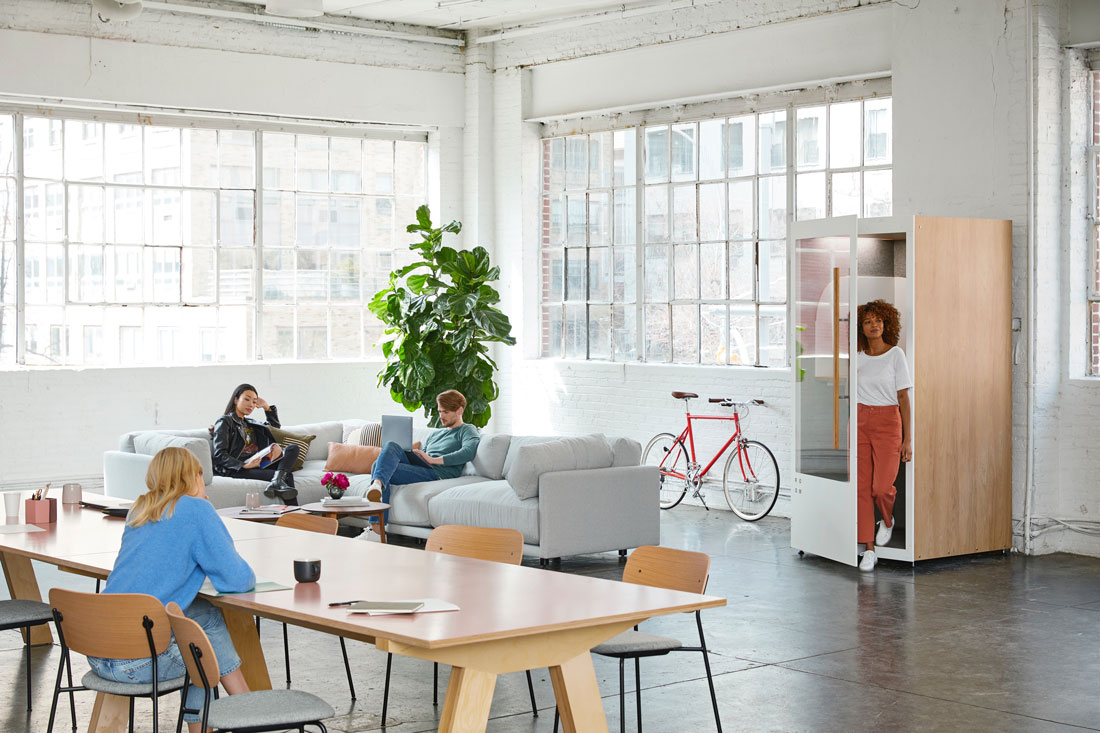In today’s market, top talent is in short supply, and creating the right culture is critical for success. Giving employees a sense of value and appreciation through great benefits has been proven to increase retention and improve performance. According to the SHRM 2018 Employee Benefit Annual Survey, 29% of employees cite their overall benefits package as a top reason to look for a position outside their current organization in the next 12 months.
As medical cost continues to increase, employers are struggling to find a balance between cost and value. PPO plans continue to be the most popular plan, offered by 84% of employers. The prevalence of Health Savings Accounts (HSAs) employer offerings has increased from 45% to 56% over the past 5 years. The less popular Health Reimbursement Account (HRA), offered by 19% of employers in 2018, is a more effective strategy with the right plan design for many employers.
A significant weakness of the HSA is that the IRS requires it to be paired with a plan that cannot provide first dollar coverage for chronic conditions (only preventive care is covered at 100%). Thus, the HSA/HDHP combination has led to an unintended consequence: 33% of its participants are postponing necessary care. In contrast, the HRA can be paired with a HDHP that covers care for chronic conditions at 100% (diabetes, asthma, etc.). In this case, employees are more willing to obtain care for chronic conditions, as they aren’t using account funds or paying out-of-pocket.
The HRA allows the employer to decide what expenses are eligible for reimbursement, and at what point HRA funds may be used (either immediately or after a deductible threshold has been met). For example, an employer may choose to pair an HRA with a plan that includes 100% coverage for all primary care visits and a $10 copay for specialist visits.
When an employer contributes $100 per month to an employees’ HSA, those funds are the property of the employee. In contrast, when an employer contributes $100 to an employee’s HRA, the funds remain on the employer’s balance sheet until used for qualified medical expenses. This has an obvious financial benefit to the employer but also provides an incentive for an employee to remain at their current employer. The employer may choose whether HRA funds roll forward from year to year. Most employers elect this feature, as it enables employees to accumulate large balances that could pay for future medical expenses while creating a retention incentive. In contrast, the FSA has a limited rollover period, leading to unnecessary spending as this period approaches.
One of the main advantages of an HRA is plan design flexibility. Research suggests that HSAs discourage maintenance of chronic conditions because HSA-eligible medical plans do not include first dollar coverage. All services except preventive care are subject to the deductible for HSA-qualified plans. In contrast, HRAs are compatible with all types of health insurance plans. An HRA-qualified health plan can include first dollar coverage for non-preventive services such as office visits and medications. Because deductible expenses (such as hospitalization and outpatient surgery) are HRA-eligible and HRA funds carry forward, employees will be more cautious consumers when obtaining higher cost health services. This plan design encourages employees to get the care they need to manage their chronic conditions.
A well-designed HRA encourages consumerism and management of chronic conditions while both rewarding long-term employees and incenting them to stay.
-Annette Griffin
Reference:
SHRM 2018 Employee Benefits Annual Survey




